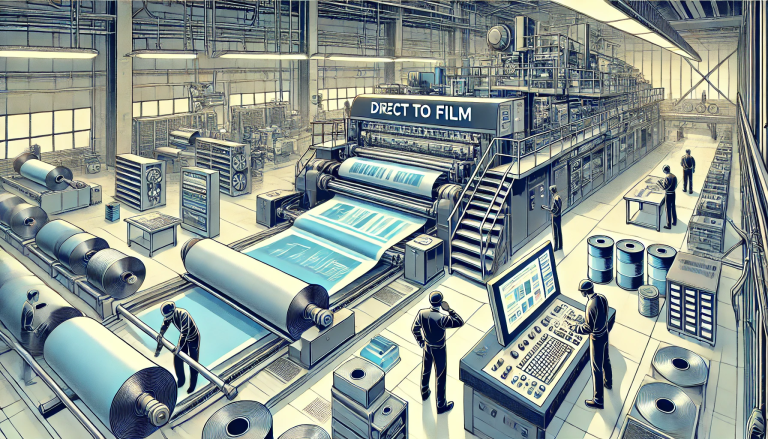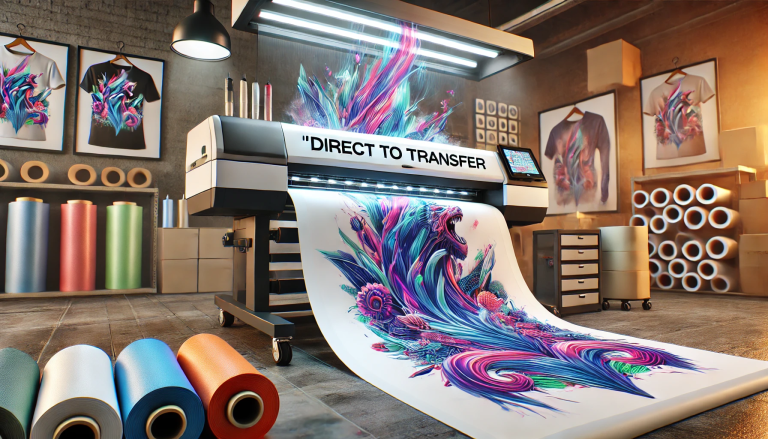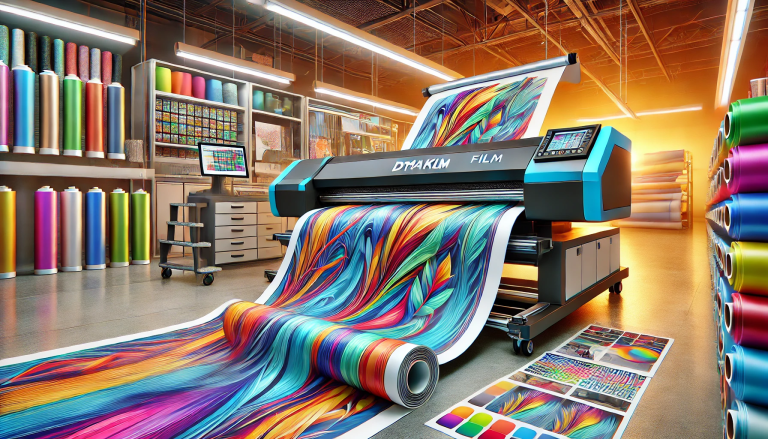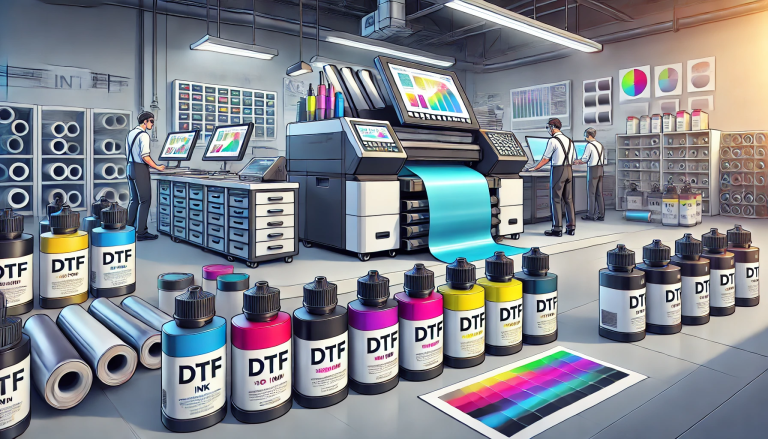“Experience the Magic of Direct to Film Transfer Papers – Feel the Difference!” -MAXDTF- 13 x 19 DTF Film Manufacturer, PET Film DTF roll Factory, Made in China
Introduction
Direct to film transfer papers are a type of paper that is used to transfer images directly onto a film. This type of paper is often used in the printing industry to create high-quality prints. The paper is designed to be used with a variety of different types of films, including photographic, lithographic, and flexographic films. The paper is designed to provide a smooth, even transfer of the image onto the film. In this article, we will discuss what direct to film transfer papers feel like and how they can be used to create high-quality prints.
A Guide to Choosing the Right Direct to Film Transfer Paper for Your Project
When it comes to transferring images directly to film, the right direct to film transfer paper is essential. Choosing the right paper for your project can be a daunting task, but with the right information, you can make an informed decision. Here are some tips to help you choose the right direct to film transfer paper for your project.
- Consider the type of film you are using. Different types of film require different types of transfer paper. For example, if you are using a black and white film, you will need a black and white transfer paper. If you are using a color film, you will need a color transfer paper.
- Consider the size of the film. Different sizes of film require different sizes of transfer paper. Make sure to measure the size of the film before purchasing the transfer paper.
- Consider the type of printer you are using. Different types of printers require different types of transfer paper. Make sure to check the specifications of your printer before purchasing the transfer paper.
- Consider the type of image you are transferring. Different types of images require different types of transfer paper. For example, if you are transferring a photograph, you will need a glossy transfer paper. If you are transferring a line drawing, you will need a matte transfer paper.
- Consider the quality of the transfer paper. Make sure to purchase transfer paper that is of high quality. Low-quality transfer paper can result in poor image quality.
By following these tips, you can make sure that you choose the right direct to film transfer paper for your project. With the right transfer paper, you can ensure that your images are transferred accurately and with the highest quality.
Exploring the Benefits of Direct to Film Transfer Papers for Professional Photographers
Direct to film transfer papers are becoming increasingly popular among professional photographers. These papers offer a range of benefits that make them an attractive option for those looking to produce high-quality prints. In this article, we will explore the advantages of using direct to film transfer papers for professional photography.
The first benefit of direct to film transfer papers is their ability to produce high-quality prints. These papers are designed to transfer images directly onto film, which results in prints that are sharp and clear. This is especially beneficial for photographers who are looking to produce prints with a high level of detail and clarity. Additionally, direct to film transfer papers are designed to be fade-resistant, meaning that the prints will last for years without fading or discoloration.
Another advantage of direct to film transfer papers is their cost-effectiveness. These papers are relatively inexpensive compared to other printing methods, making them an attractive option for photographers on a budget. Additionally, direct to film transfer papers are easy to use, meaning that photographers can produce prints quickly and efficiently.
Finally, direct to film transfer papers are environmentally friendly. These papers are made from recycled materials, meaning that they are a sustainable option for photographers who are looking to reduce their environmental impact. Additionally, these papers are designed to be biodegradable, meaning that they can be disposed of without harming the environment.
In conclusion, direct to film transfer papers offer a range of benefits for professional photographers. These papers are designed to produce high-quality prints that are fade-resistant, cost-effective, and environmentally friendly. For these reasons, direct to film transfer papers are becoming increasingly popular among professional photographers.
How Direct to Film Transfer Papers Enhance the Quality of Your Prints
Direct to film transfer papers are a revolutionary new technology that can enhance the quality of prints. These papers are designed to transfer images directly onto film, bypassing the need for traditional printing methods. This technology offers a number of advantages over traditional printing methods, including improved image quality, faster production times, and cost savings.
The most significant benefit of direct to film transfer papers is the improved image quality they provide. These papers are designed to transfer images with greater accuracy and clarity than traditional printing methods. This is due to the fact that the image is transferred directly onto the film, rather than being printed onto paper and then transferred onto the film. This results in sharper, more vibrant images that are more true to the original.
Direct to film transfer papers also offer faster production times than traditional printing methods. This is because the image is transferred directly onto the film, eliminating the need for additional steps such as drying and cutting. This can significantly reduce the amount of time it takes to produce a print, allowing for faster turnaround times.
Finally, direct to film transfer papers can also offer cost savings. This is because the process is more efficient than traditional printing methods, resulting in fewer materials and less labor being used. This can result in significant cost savings for businesses that rely on printing services.
Overall, direct to film transfer papers are a revolutionary new technology that can significantly enhance the quality of prints. These papers offer improved image quality, faster production times, and cost savings, making them an ideal choice for businesses that rely on printing services.
Conclusion
In conclusion, direct to film transfer papers feel like a thin, smooth, and glossy material that is easy to handle and manipulate. They are also very durable and can withstand a variety of conditions, making them an ideal choice for a variety of printing applications. With their versatility and durability, direct to film transfer papers are a great choice for any printing project.






